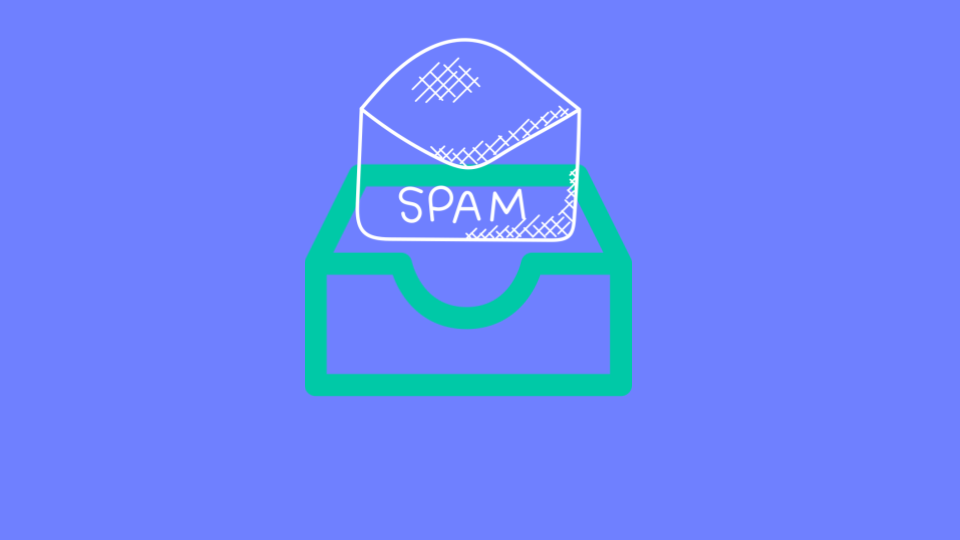One person's spam is another person's newsletter. These differing opinions in how end-users view emails fall into a larger category called graymail. It could be a spam email. It could be a newsletter. It could be phishing. It's in that gray area and some of these emails are wanted and some aren't.
It's a tricky category for email security solutions because one size does not fit all.
At the end of the day, it's all about spam management. Because everyone views these types of emails--newsletters, marketing messages, etc--differently, we're able to take the load off the help desk and let users drive the decision, supported by our AI.
Our Spam AI Classification system works like this. We can push it to junk or quarantine, or push it back to Microsoft or do nothing.
But everyone views emails differently and we help customize it.
Users typically find these emails by going into the junk folder. That's a recipe for disaster since those emails tend to group together with dangerous phishing emails.
When the user chooses to move a spam email from the junk folder to the inbox, that will create a rule in the email client for that one individual. Even if everyone else in the company abhors that email, for that one user, it will be delivered.
This is all done without help desk or admin interaction. And, with our tight integration with Microsoft, users can manage the gray mail via their existing junk folder. There's no need to create additional confusion with extra folders to manage.
Essentially, what's unwanted by most, but wanted by a few, is taken care of without taking up admin time and energy.
It's a win-win for all. Those who want those specific emails will get them. Those who don't will not. And admins won't have to spend time on it.






